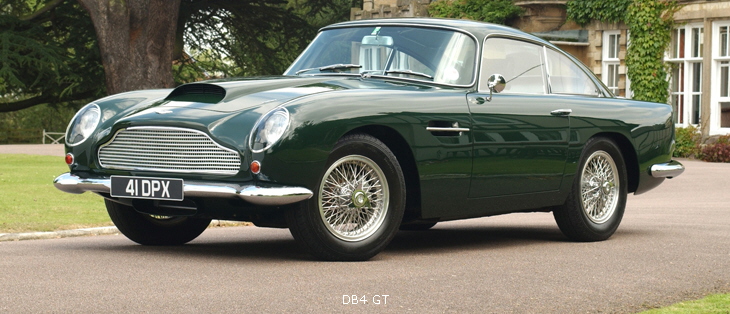
Aston Martin DB4 GT
- Production Dates: 1959 – 1963
The DB4GT made its premiere at the 1959 London Motor Show. The car was designed by Aston Martin and used the Superleggera body frame system – aluminium panels on tubular support frames – produced by Carrozzeria Touring of Milan. Although similar to the DB4, the differences added up to a very different motor car.
Five inches were chopped off the original DB4 wheelbase, making the GT easier to handle on a race track and reducing the overall weight; the engine was equipped with new twin-plug head and 45 DCO Webers, which increase power output to an impressive 302 bhp. The DB4GT was the first of many Aston Martin’s to use the cowled headlights.
Specification
- Price New: £ 4534
- Engine:
– dohc I-6, 3670 cc; 302 bhp (DB4 GT)
– 314bhp (DB4GT Zagato) @ 6000 rpm, 240 lbs-ft @ 5000 rpm - Transmission: 4-speed manual DB
- Suspension:
– Front: upper-and-lower A-arms, coil springs, anti-roll bar
– Rear: live axle, Watt linkage, trailing links, coil springs - Brakes: front/rear discs
- Length: 14’4″
- Width: 5’6″
- Height: 4’4″
- Wheelbase: 7’9″
- Weight: 1269 kg (2798 Ibs)
- Top Speed: 153 mph
- 0-60 mph: 6.4 sec.
- Production: 75
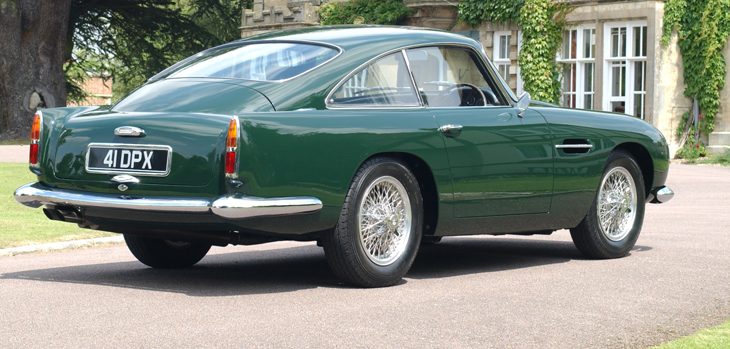

Aston Martin DB4 GT Zagato
- Production Dates: 1960 – 1963
The Aston Martin DB4 GT Zagato was introduced in October 1960 at the London Motor Show. It was effectively a DB4 GT improved by the Zagato factory in Italy, by Ercole Spada. The Zagato’s engine produced 314 hp (234 kW), a 0 to 60 mph (97 km/h) acceleration of just 6.1 seconds and a top speed of 154 mph (246 km/h). Initially the factory had plans to produce 25 cars, but demand wasn’t as strong as expected and production ceased at the 20th unit.
The first competition outing of a DB4 GT Zagato was during Easter in 1961 at Goodwood. Driven by Stirling Moss the car finished 3rd, behind an Aston Martin DB4GT and the winning Ferrari 250 GT. The most famous DB4 GT Zagatos, affectionately known by the registration plates they share, of ‘1 VEV’ and ‘2 VEV’ were both raced in the 1961 24 Hours of Le Mans. However a repeat of the 1959 Le Mans victory was not to be, with both cars retiring. In July 1961 at a British Grand Prix Support race the Zagato had its first victory. With ‘2 VEV’ taking the last lap lead from a Jaguar E Type. In 1962 at the Goodwood TT the Zagato’s took the team prize, with the famous racing names of Jim Clark and Roy Salvadori finishing 3rd and 4th respectively. Both Zagatos raced again at the 1962 24 Hours of Le Mans, and the final Le Man race for a DB4 GT Zagato was in the 1963 24 Hours of Le Mans where one Zagato competed.
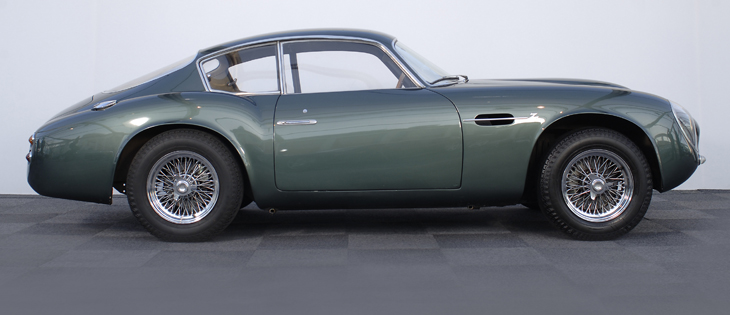
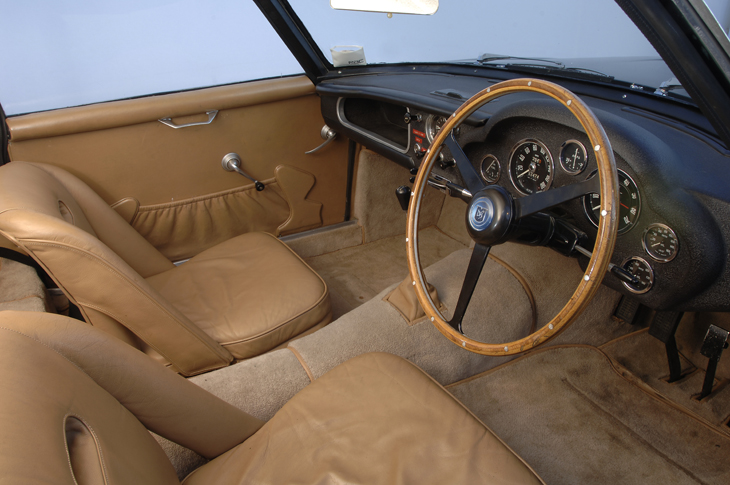

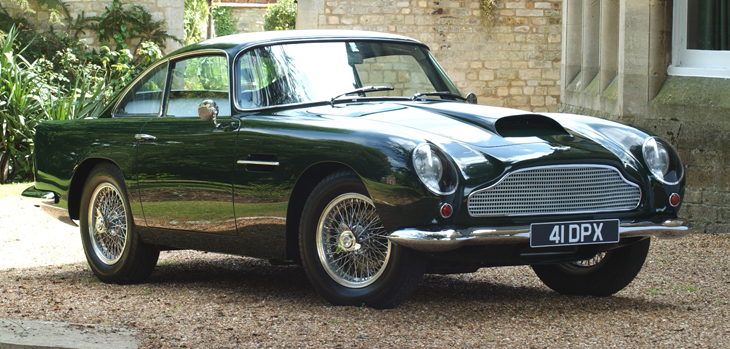
Two of the most valuable and collectable cars in Aston Martin’s history – DB4GT and DB4GT Zagato remain popular with Aston Martin owners and enthusiasts alike. With a combined volume of just 100 examples in total, these cars have fetched over £1m at auction. As pre-cursors to perhaps the most famous Aston Martin, DB5, DB4GT and DB4GT Zagato played a crucial role in defining some of the iconic design cues still used in by Aston Martin today.
DB4GT
In October 1959, at the London Motor Show, an exciting new development of DB4 was unveiled. With a shorter chassis, faired in headlamps and an uprated engine with 3 Weber carburettors, DB4GT was designed to be equally at home on road and track. DB4GT was 85Kg lighter than the DB4 and was raced extensively with success by many famous drivers of the day. 75 ‘Touring’ bodied cars were built including several lightweight versions produced specifically for racing to demonstrate the car’s superb capabilities.
DB4GT ZAGATO
In late 1960 DB4GT Zagato was unveiled at the London Motor Show, clothed in a stunningly beautiful and lightweight body from the famous Italian coachbuilder. Only 19 examples were produced and this rarity is reflected in their high value today.

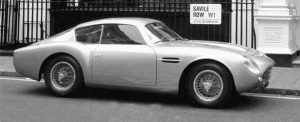
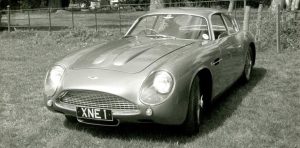
You must be logged in to post a comment.